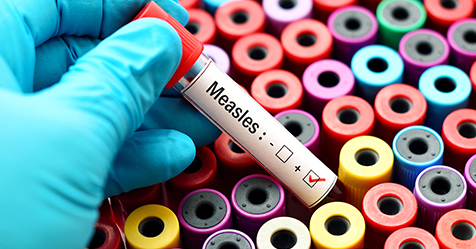Study Finds Indoor Variables Key to Setting Social Distancing Guidelines
Facilities need to consider room activity levels and ventilation
Staying six-feet away from others inside a facility is not an effective method by itself for limiting the spread of COVID-19, according to a study from the Massachusetts Institute of Technology in Cambridge, Massachusetts that was published this week in the journal Proceedings of the National Academy of Sciences. Controlling other variables within a facility—such as the ventilation, the number of people within a space, their activities, and whether they are wearing masks—has a larger effect on the spread of the SARS-CoV-2 virus, Insider reports.
The six-foot separation rule is based on an outdated understanding of how the coronavirus moves in closed spaces. Early in the pandemic, scientists believed that the virus traveled via heavy droplets ejected during exhalation, sneezing, or speaking. But newer evidence suggests that the virus floats around on lighter aerosol droplets and can stay suspended in the air and travel much farther than first thought.
In a calm environment, virus droplets slowly drift to the ground. In environments like these, people may not need to be spaced six feet apart. But in an active environment in which the air is moving around the room—where people are talking, eating, singing, etc.—the drops can be suspended in the airflow and mix throughout the room longer. Stricter social distancing policies may be needed in these environments. Improved ventilation or filtration can help get the virus particles out of circulation in the room.

